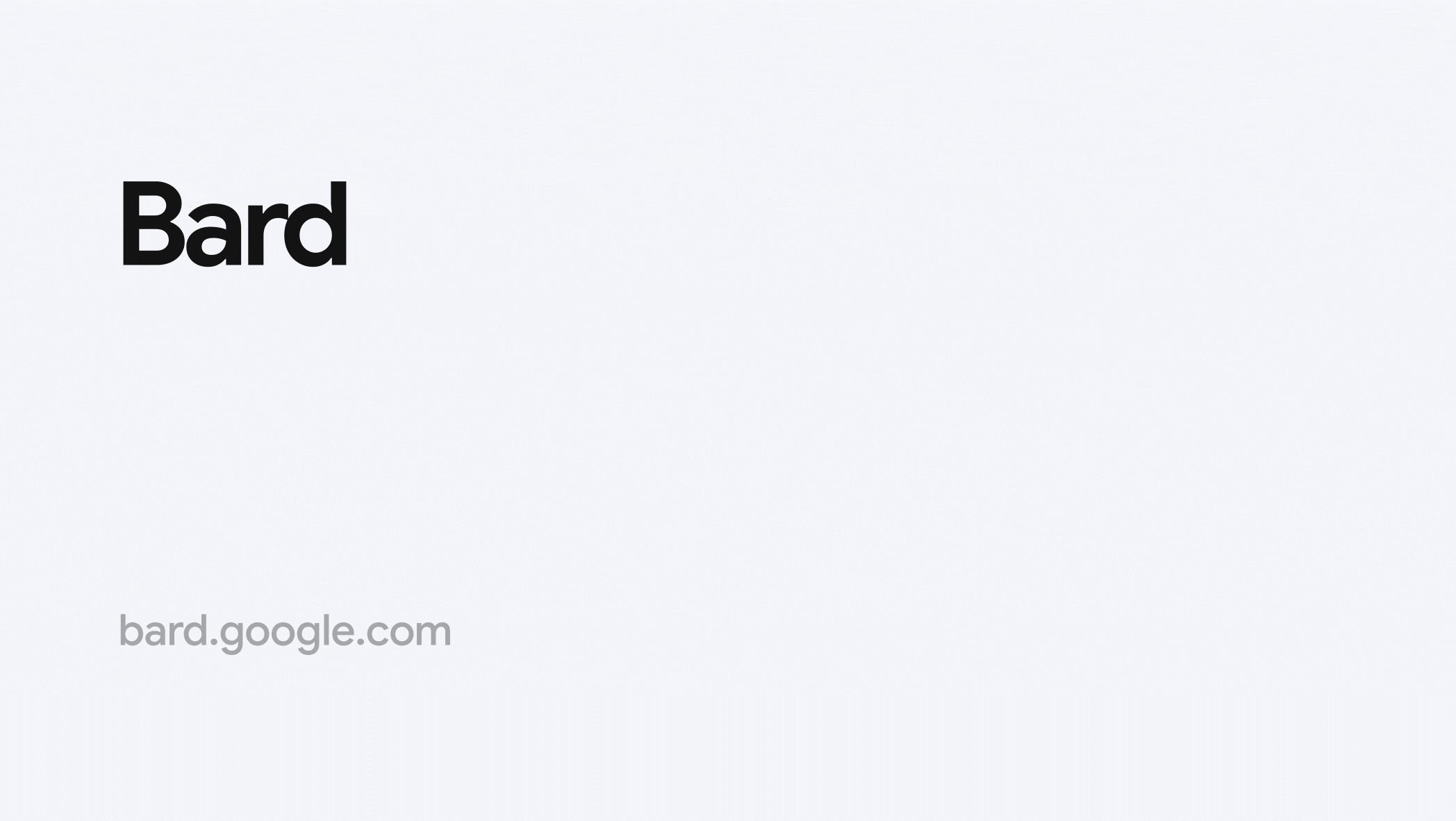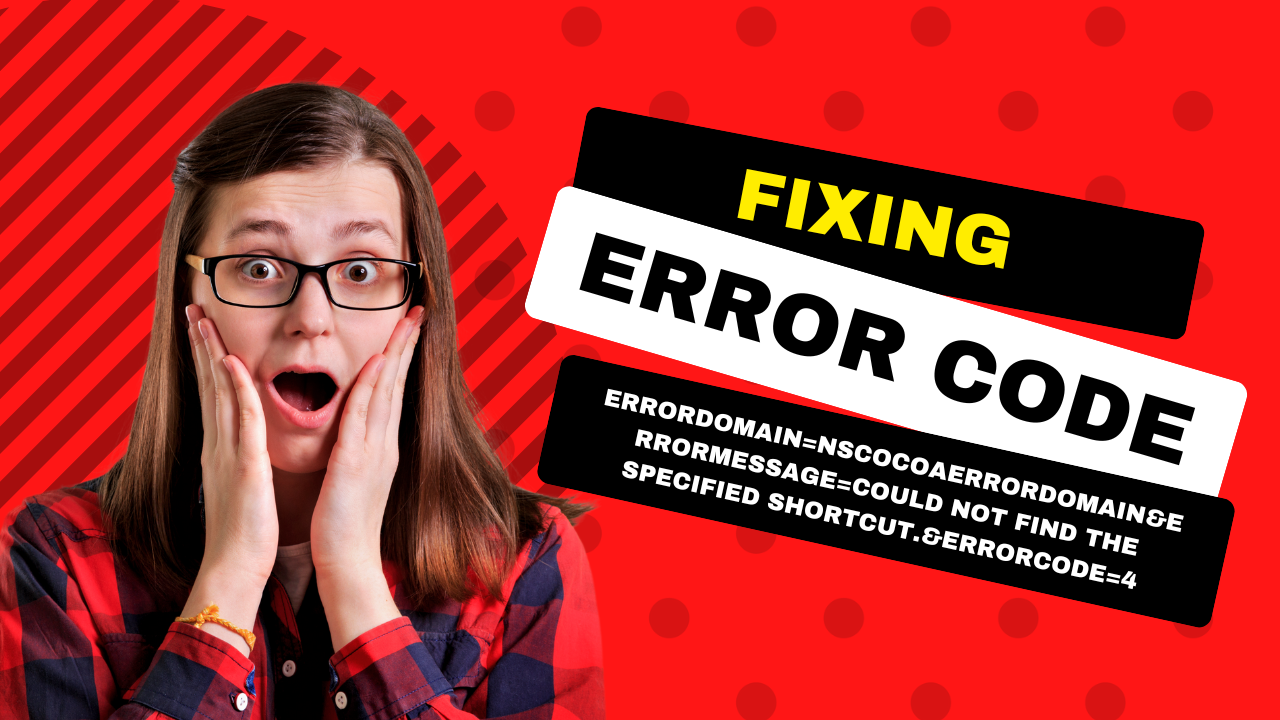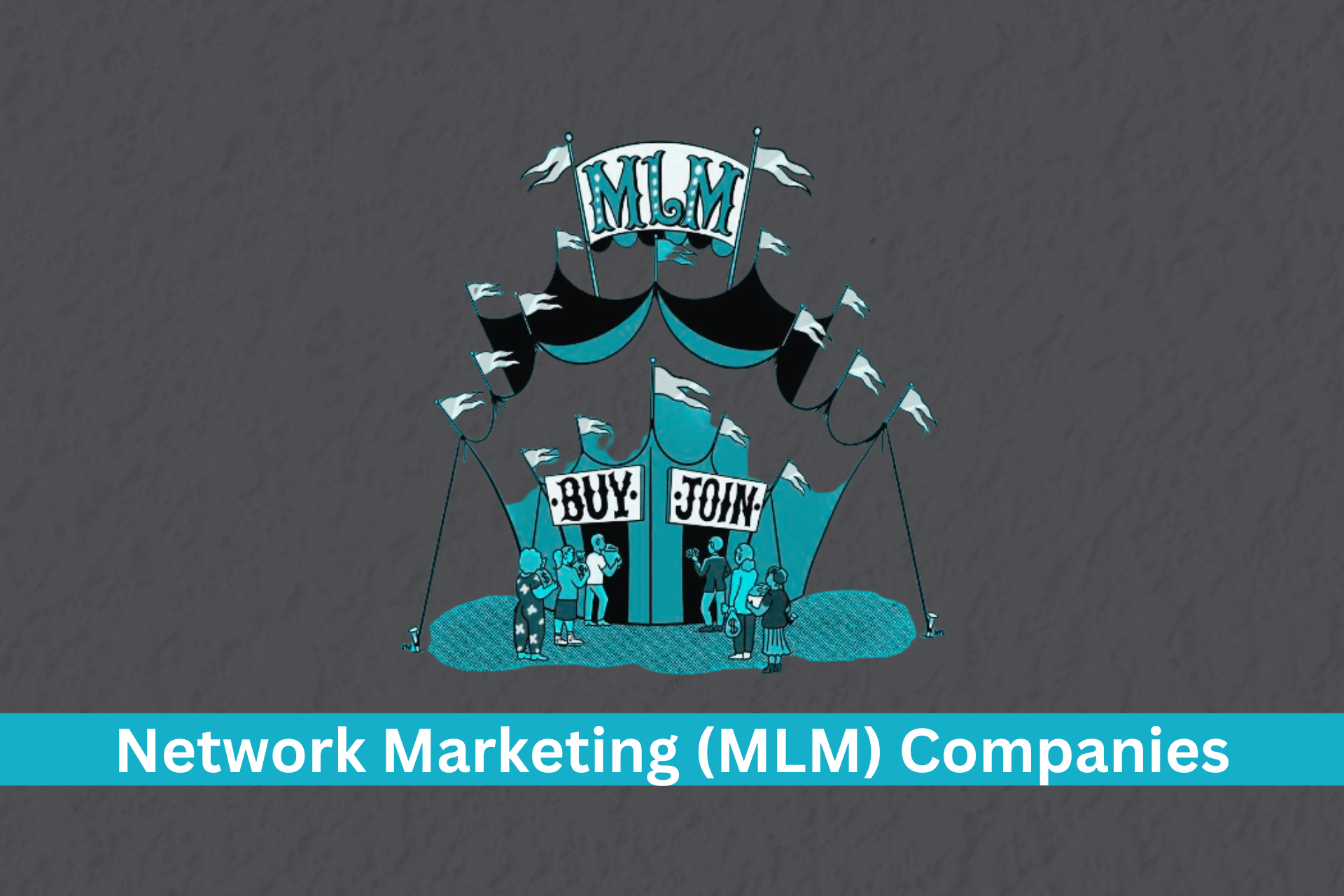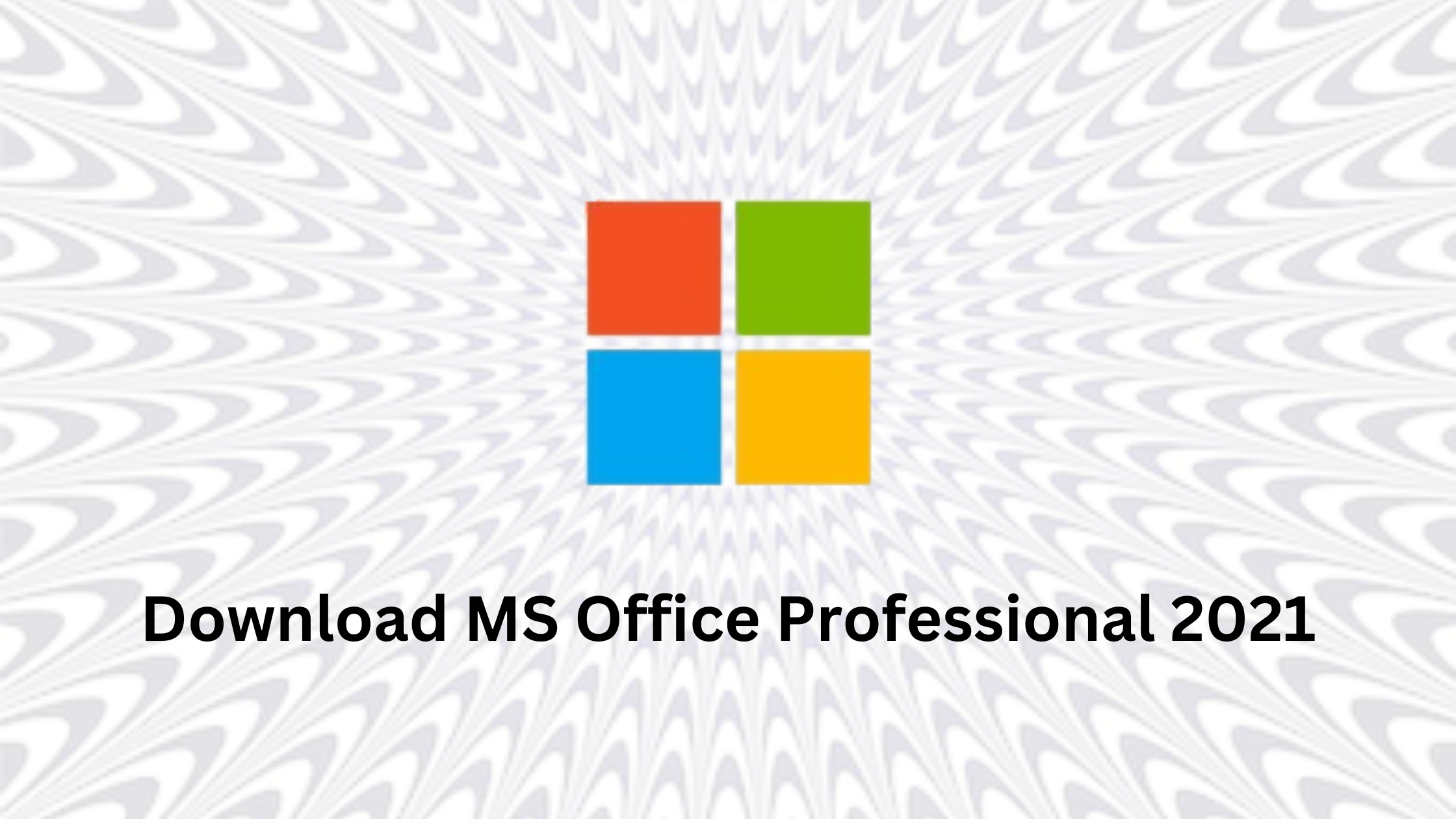Google is starting to open access to Bard, an early experiment that allows collaboration with generative AI. The initial rollout will take place in the U.S. and the U.K., with plans to expand to more countries and languages over time.
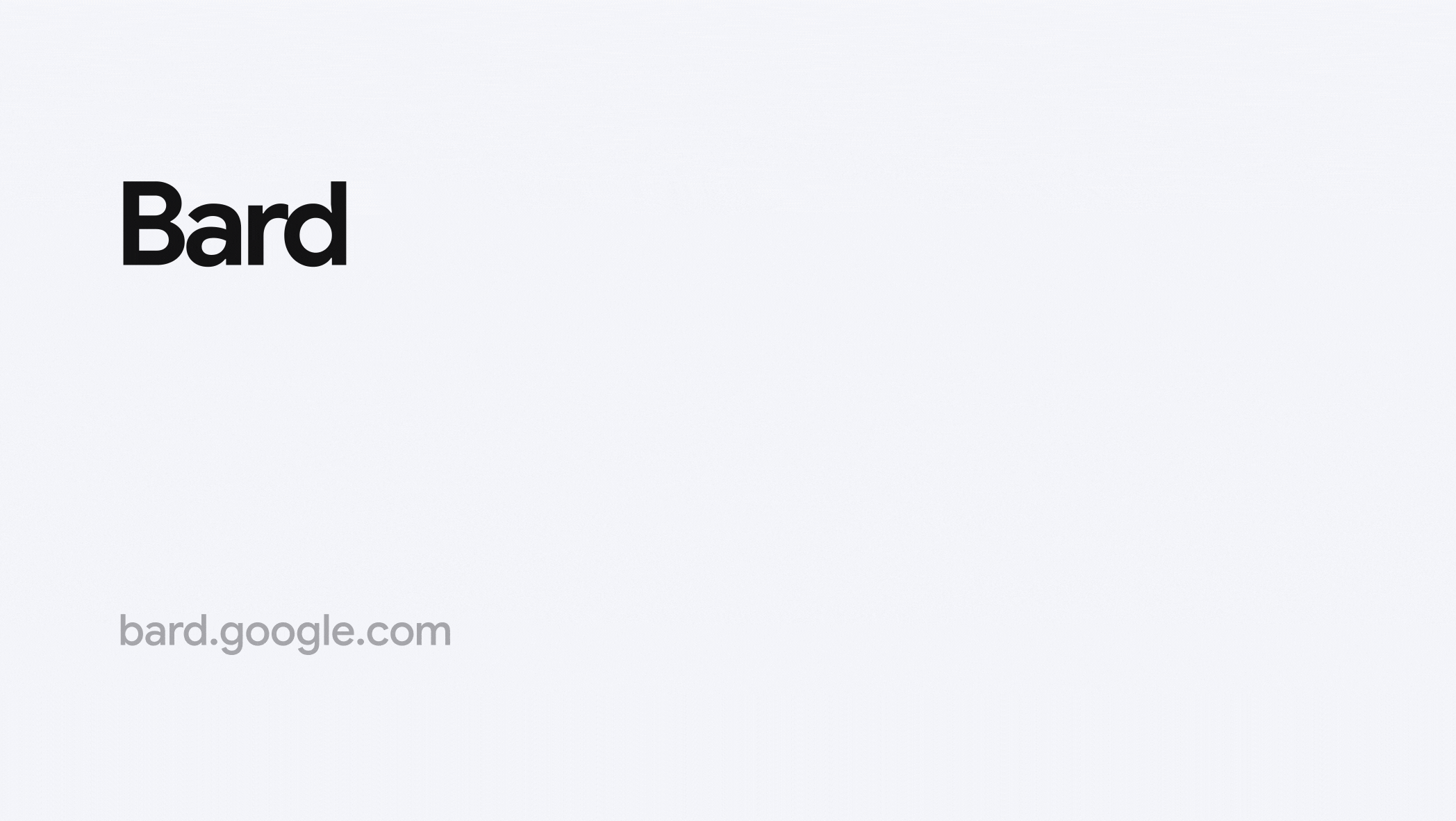
Today, Google is beginning to open access to Bard, an initial trial that enables collaboration with generative AI. This move follows last week’s announcements as Google continues to introduce beneficial AI experiences for individuals, businesses, and communities.
Overview of Bard
Bard is powered by a research large language model (LLM), which is a lightweight and optimized version of LaMDA. This model will be regularly updated with newer and more capable versions in the future. The system is built on Google’s expertise in identifying high-quality information. LLM can be thought of as a prediction engine that generates a response based on a given prompt. It selects words one by one, considering their probability of coming next. However, to avoid unoriginal responses, some flexibility is incorporated. As people use the system, LLMs get better at predicting helpful responses.
Although LLMs are an exciting technology, they have their shortcomings. They learn from a broad range of information that may reflect real-world biases and stereotypes, leading to such issues showing up in their outputs. Additionally, they may present inaccurate, misleading, or false information confidently. For instance, Bard could provide convincing suggestions for easy indoor plants but could get some details wrong, such as the scientific name of the ZZ plant.
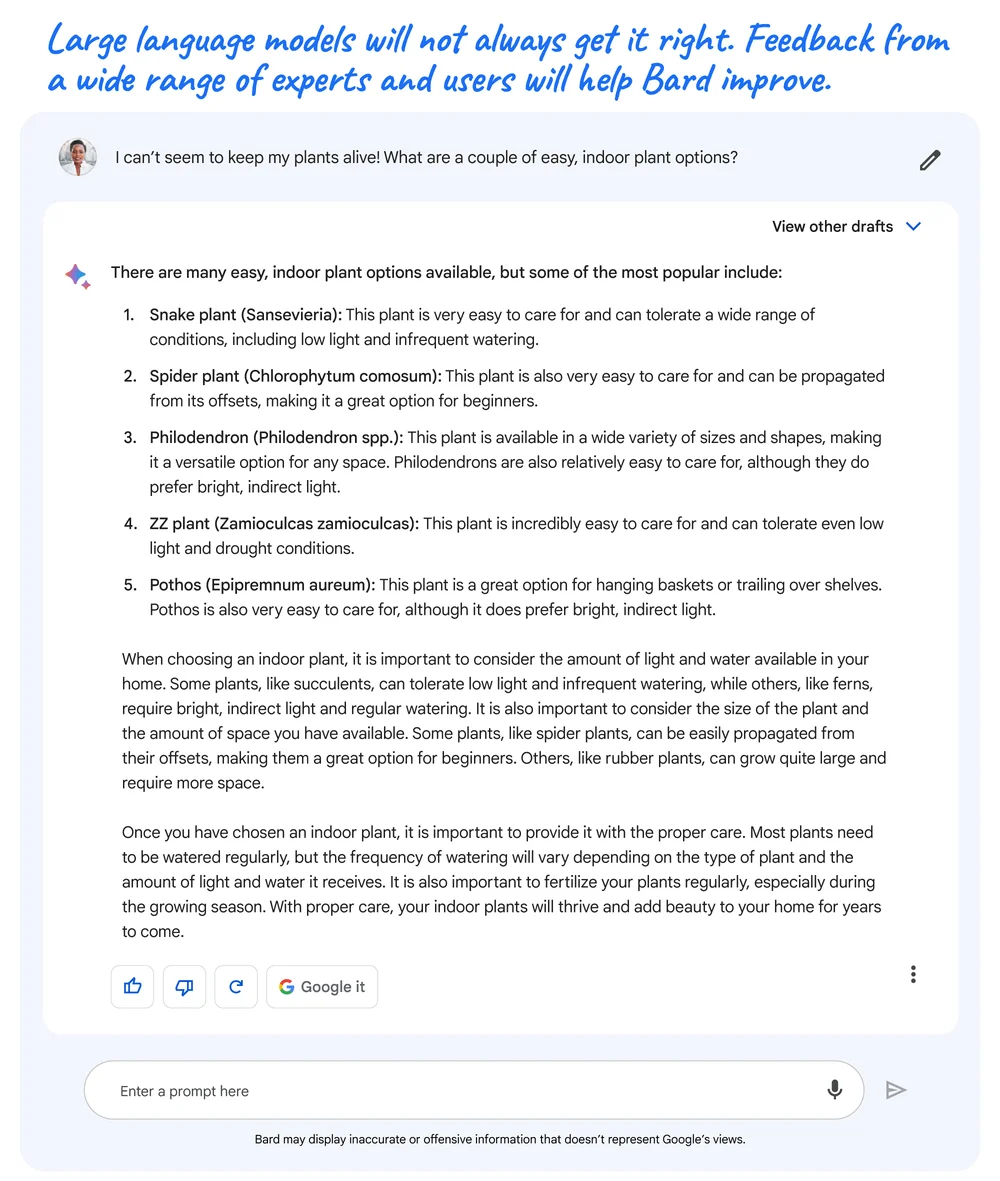
While acknowledging the aforementioned challenges, it’s crucial to recognize the remarkable advantages of LLMs, such as promoting human productivity, creativity, and curiosity. When utilizing Bard, users will have multiple response drafts to choose from, allowing them to select the most appropriate starting point. From there, you can continue collaborating with Bard by asking follow-up questions. In case you prefer to see alternative suggestions, Bard can always try again.
Bard serves as a direct interface to an LLM and is intended as a complement to Google Search. It’s built in a manner that allows users to verify their responses or explore web sources through Search easily. By clicking “Google it,” users can access recommendations for queries, and Search will open in a new tab, enabling them to discover relevant outcomes and conduct further research. Google also planning to incorporate LLMs more extensively into Search in the future.
Responsible Development of Bard
Google’s development of Bard is driven by its AI Principles, prioritizing quality and safety. Our team is utilizing human feedback and evaluation to enhance our systems, and we have established guardrails such as restricting the number of exchanges in a dialogue to ensure interactions remain helpful and relevant

Join the Bard Beta Program
If you’re curious, Bard assisted us in creating this blog post by offering an outline and suggesting edits. Although, like all LLM-based interfaces, it didn’t always provide accurate results, it was still able to make us laugh at times.
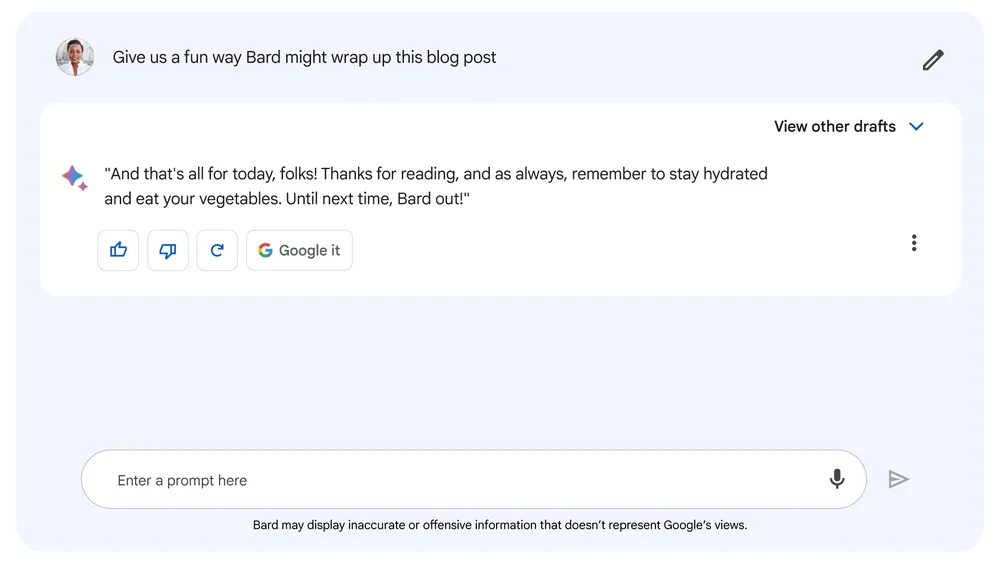
but it did remind us to stay hydrated and eat our veggies.
Google plans to enhance Bard by introducing additional features such as coding, support for multiple languages, and multimodal experiences. As we progress, we will learn and grow together with our users. Your input will play a significant role in Bard’s continued development and improvement.
If you’re interested in trying Bard, visit bard.google.com to sign up. Access to the platform will be available in the U.S. and U.K. starting today and will gradually expand to additional countries and languages.
FAQs
What is Bard and How Does it Work?
Google has been exploring the potential of conversational AI to make information and computing more accessible for some time now. In 2019, they introduced LaMDA, a conversational AI model capable of fluid, multi-turn dialogue, and last year they launched the AI Test Kitchen, where people could learn and provide feedback on LaMDA.
Bard is an experimental application that utilizes this same technology and allows users to collaborate with generative AI. Bard serves as a helpful and creative collaborator that can enhance productivity, boost imagination and assist in bringing ideas to life. It can help with tasks such as drafting invitations for a birthday party, creating a list of pros and cons for a big decision, or simplifying complex topics.
For those interested in the technical details, LaMDA is a Transformer-based model, developed by Google in 2017, which learns by “reading” trillions of words to understand patterns in human language, enabling it to predict reasonable responses.
Who is eligible to use Bard?
To access Bard, you’ll need a personal Google Account that you manage yourself. Note that accounts managed by parents, guardians, or Google Workspace admins won’t be able to use Bard. Additionally, users must be at least 18 years old to use the tool. Currently, Bard may not be available in all countries, so you may need to join a waitlist before you can begin using it. To join the waitlist, follow the instructions provided on the Bard website.
Can Bard provide accurate and safe responses?
Bard is experimental. Some responses may be inaccurate, so it’s important to double-check the information. Before Bard launched publicly, thousands of testers provided feedback to improve its quality, safety, and accuracy.
Bard is designed to accelerate people’s ideas with generative AI. This is exciting, but it’s still early days. While Bard has built-in safety controls and mechanisms for feedback in line with Google’s AI Principles, it’s important to note that it may display inaccurate information or offensive statements.
Overall, Bard is a promising new tool, but users should approach it with caution and keep in mind its experimental nature.
Google Bard vs ChatGPT: What’s the main difference?
Google’s Bard stands out from ChatGPT with its main feature of generating three versions of each response, called “drafts.” This feature enables users to select their preferred response or even merge parts of multiple drafts. The primary goal of this feature is to highlight that Bard cannot produce perfect answers.

The Search Engine Cage team is on a mission to educate entrepreneurs. We make things easier for the small business owner, by writing articles that help them to understand SEO and Digital Marketing.

